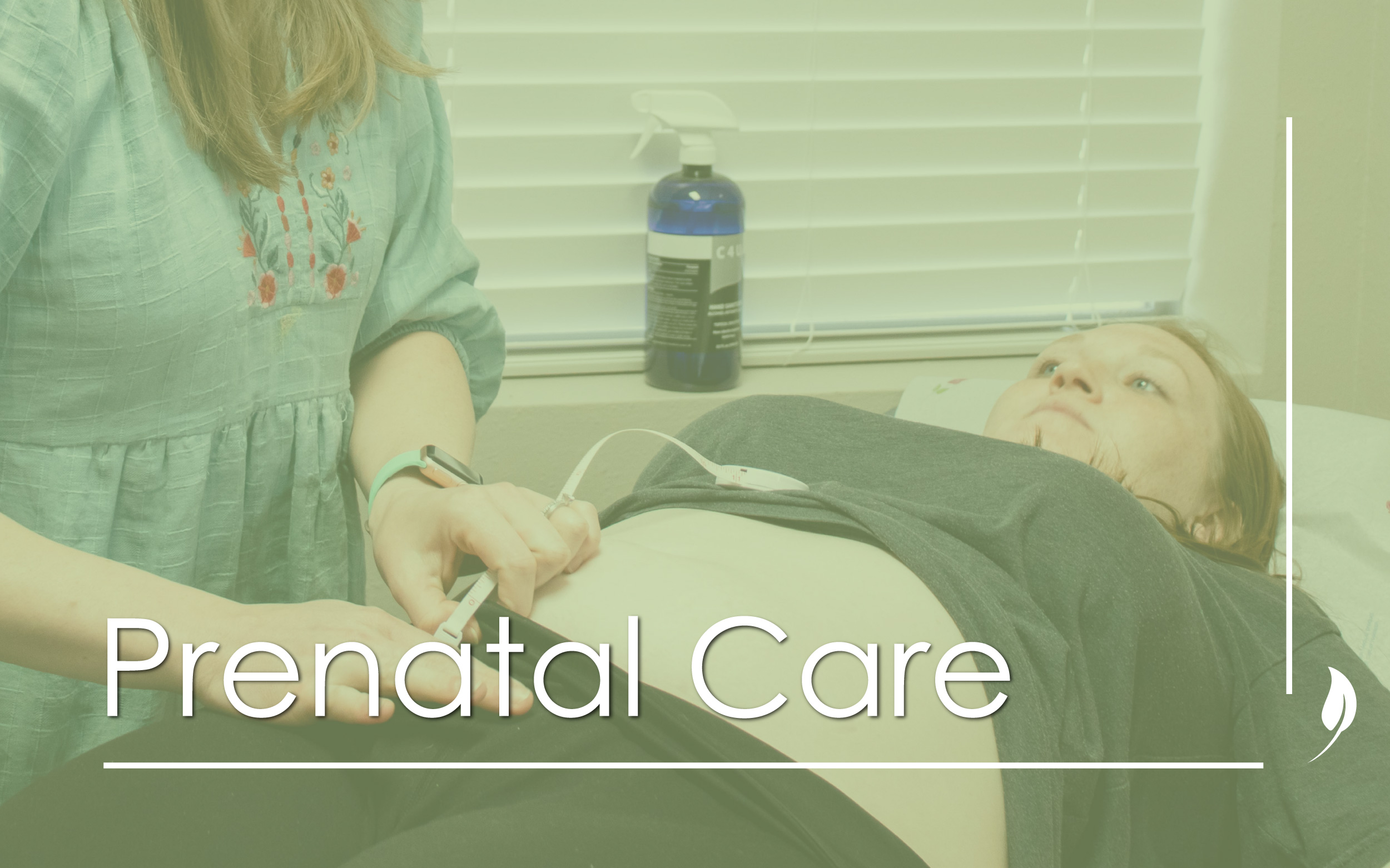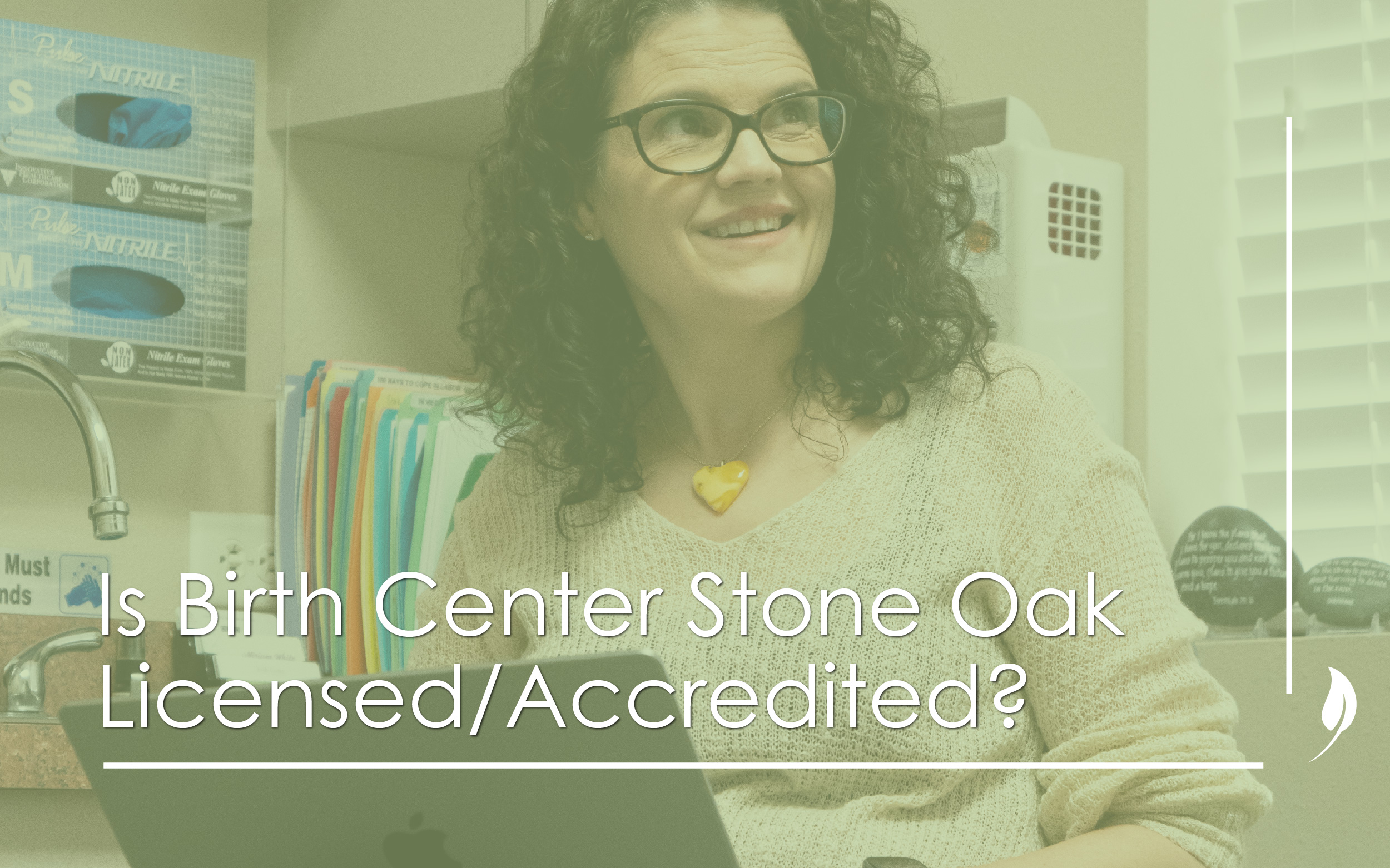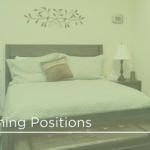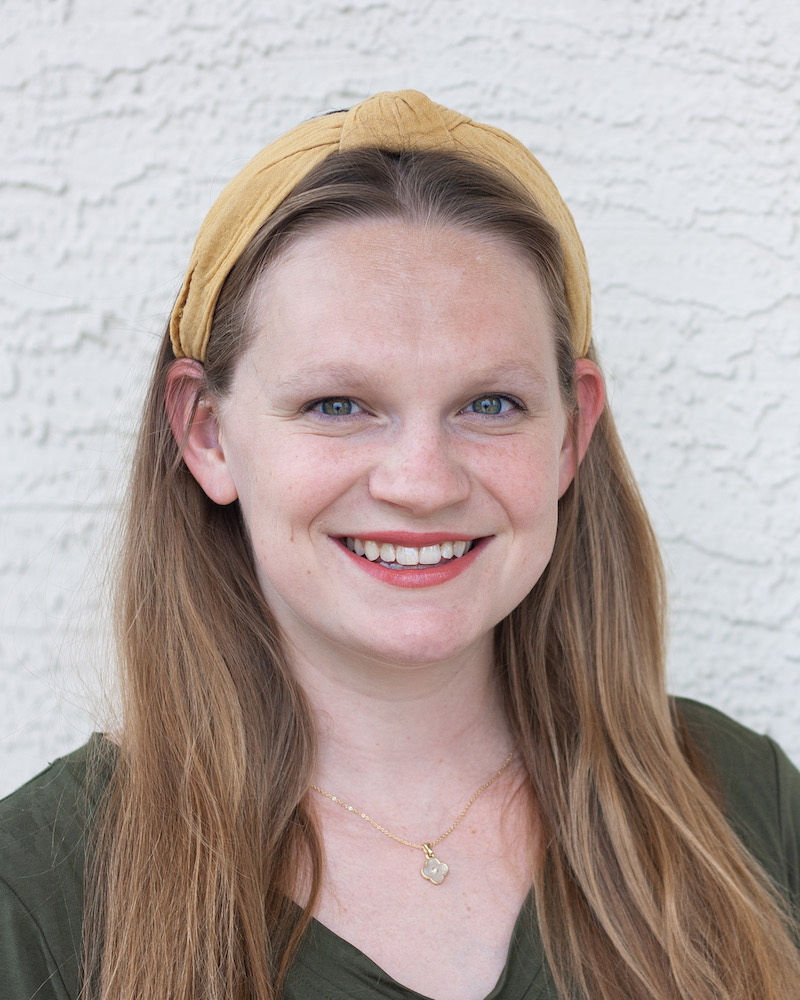What Is A Birth Center? 5 Reasons To Consider One For Your Delivery
I like the idea of a home birth; I always have. And after reading books like Ina May Gaskin’s Guide To Childbirth and watching documentaries like The Business of Being Born, I was further motivated to seek midwives and a birth environment that encouraged a more natural, trust-in-your-body approach to childbirth. And yet I just couldn’t commit to a home birth. Young and scared, a little voice in my head whispered, “What if something goes wrong?” This is when a friend recommended I look into a local birth center. “But what is a birth center?” I asked, completely unaware that one of our nearby hospitals had a freestanding house-like building tucked behind the parking lot designated solely for birthing babies.
According to the American Association of Birth Centers, a birth center is, “a home-like facility existing within a healthcare system with a program of care designed in the wellness model of pregnancy and birth.” But before you start envisioning a living room-like atmosphere with boiling pots of water and an archaic Call the Midwife vibe, don’t! Birth centers are still equipped with way more monitoring machines and on-hand medication than a home birth ever could. My birthing center looked like a house from the outside — including a quaint wrap-around-porch with rocking chairs — but as soon as I walked through the doors, I was greeted by nurses in scrubs. And even though the rooms are more homey than, say, a multi-bed hospital room, they still have remote-operated beds, beeping machines, and around-the-clock uterus checking. Unlike a hospital, however, they were pretty lax about the number of visitors I had, and when I asked to hook up a Wii to pass the time, they were cool with it.
And yet, of course, birth centers have their downsides. Because these freestanding buildings aren’t equipped with state-of-the-art NICU centers, high-risk pregnancies, premature babies, and medical emergencies have to be sent to bigger hospitals. Most birth centers are built close to nearby hospitals for that reason, although varying birth centers have different levels of equipment.
For women like me, with low-risk pregnancies and a natural tug toward a hands-off, midwife-based birthing experience, birthing centers might be the perfect middle-ground solution. If you’re still weighing the options on where to give birth, here are five reasons I chose a birth center.
1. I Didn’t Want To Give Birth In A Hospital
Not that there’s anything wrong with a hospital birth. At the time, given the choice between a hospital or home birth, I probably would’ve chosen the hospital. But I can’t stand that too-clean hospital smell, and, as Huffington Post noted, U.S. hospitals’ C-section rates are way higher than experts recommend. Turns out a birth center was basically the best of both worlds — homey and less clinical than a traditional hospital, but still bustling with medical professionals who could ease my mind.
2. I Didn’t Want Medical Intervention (If Possible)
Birth centers are known to be more open to alternative birth plan requests, as in they won’t scoff at you for insisting on a non-medicated birth or roll their eyes when you ask questions about alternative laboring tools. And when it comes to medical intervention, a study published in the Journal of Midwifery and Women’s Health found that the C-section rate for low-risk women who chose to give birth at a birth center was only 6 percent, compared to the U.S. C-section rate of 27 percent for low-risk women. I’ll take the lower odds if possible.
3. I Wanted A Midwife Over A Traditional OB Doctor
Birth centers don’t just tolerate midwives and doulas; their entire system is built around midwifery practices. And why is that good? Well a study in Nursing Economics found midwife-led births that collaborate with physicians are less likely to have C-sections, episiotomies, or perineal trauma than those handled by obstetricians alone.
4. I Wanted a Water Birth
The big draw for me was my the birth center’s water birth room. They only had one tub, so it was a first-come-first-serve basis, but I was lucky enough to labor and deliver inside the high-tech, super-sterile birthing tub in its own separate room. (No hospital in the area could offer that.) I cannot stress how life-changing that experience was. Never again will I labor without at least the option of getting into a warm, pain-reducing tub of water.
5. I Wanted To Save Money
According to BabyCenter, the average cost of a birth-center labor is about a third less than a hospital birth, due to less interventions and a shorter stay. And because birth centers work within the healthcare system, there shouldn’t be a major issue convincing insurance companies to foot the bill.
It’s important to note that the standards of birth centers vary, so it’s best to ask specific questions before deciding on a birth center — like their transfer rate (according to the American Pregnancy Association, 7 to 12 percent is reasonable), their equipment (do they have a birthing tub, for instance?), and their general philosophies and practices (what kind of fetal monitoring do they provide?). You can find a local accredited birth center through the AABC database, and talking to your OB or midwife. Call around. It’s worth doing a little digging to see your options.
Michelle Horton
Writer/blogger/storyteller. 20-something mama + wife. Supporter of Early Mamas everywhere.
Twitter Michelle Horton@earlymama
Click here for information on our Private Tours.















